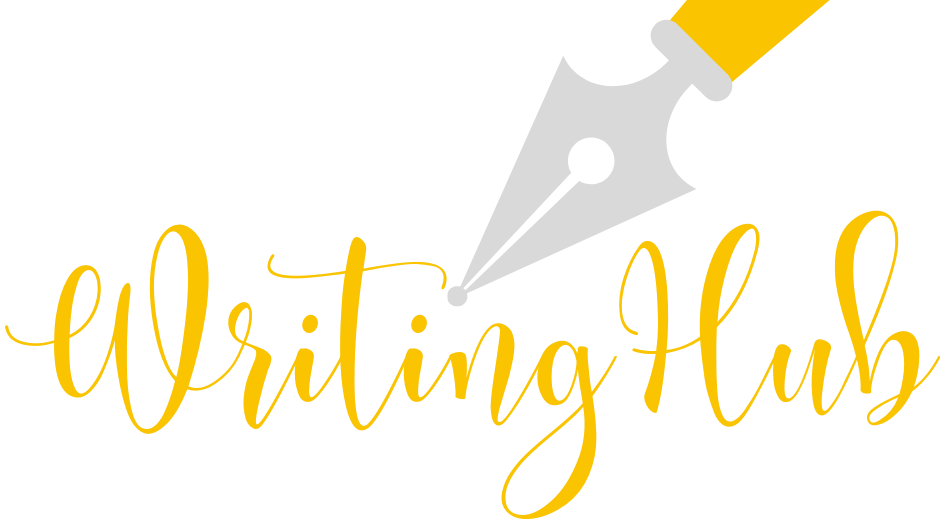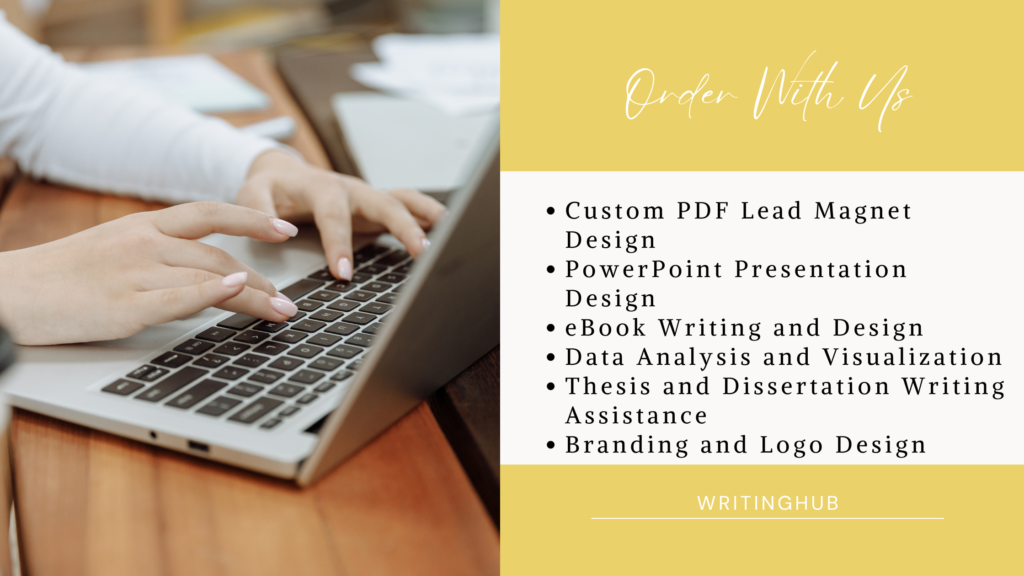101 On Technology and Engineering Presentations
In the dynamic world of technology and engineering, a powerful presentation can be the difference between sparking innovation and leaving ideas on the table. For professionals across business and corporate environments, educational institutions, and government agencies, creating impactful presentations in technology and engineering means bridging complex technical concepts with clarity, relevance, and purpose. Here, we explore how to craft a presentation that captivates diverse audiences, from corporate leaders to policymakers and educators.
- Tailoring Your Presentation to Specific Audiences
The first step in creating a compelling technology and engineering presentation is understanding the needs of your audience. Every audience brings a unique set of expectations, so tailoring your presentation to these perspectives is essential. Here’s how to target various sectors:
- Business and Corporate: In business or corporate settings, focus on how technology can solve problems, drive innovation, and increase revenue. Highlight the competitive advantage of adopting new engineering solutions and emphasize return on investment (ROI).
- Education and Training: When presenting to educators or training organizations, prioritize knowledge transfer, skill development, and application in real-world settings. Educators appreciate clear, actionable insights on how technology improves student outcomes and enhances learning environments.
- Government Policies: Government audiences need a presentation that considers both the societal impact and alignment with current policies. Illustrate how technological advances fit within existing frameworks, support regulatory goals, and benefit public infrastructure.
By tailoring your presentation to align with the specific goals of each audience, you’ll build rapport and create a more impactful connection with your message.
- Emphasize Real-World Applications and Problem-Solving
Technology and engineering concepts can be abstract, and audiences often benefit from seeing them in a real-world context. Real-world applications make complex ideas accessible and show the tangible benefits of your project or product. To do this effectively:
- Case Studies and Success Stories: Use case studies from relevant industries or highlight successful deployments of technology in similar settings. For example, if discussing data analytics in corporate environments, share how it’s boosted productivity or revenue in a comparable business.
- Industry-Specific Examples: Business and corporate audiences often appreciate industry-specific examples showing how technology reduces costs or drives efficiency. Government policymakers may respond better to examples of public sector advancements, like smart cities or energy management.
- Future Potential: Don’t just focus on present-day benefits—include potential future applications to build interest. Highlight how the presented technology could evolve, impacting industries, education, or government services over the next decade.
Real-world examples ground your presentation, helping each audience see the direct value and relevance of your solutions.
- Visualize Complex Data for Impact and Clarity
Engineering and technology presentations often involve complex data, but bombarding audiences with dense information can backfire. Clear, engaging data visualization makes data accessible and understandable, especially for corporate or government audiences unfamiliar with technical jargon.
- Charts and Graphs: Use bar graphs, pie charts, and line charts to convey data trends and comparisons. Keep it simple; cluttered visuals can be overwhelming.
- Infographics: Condense complex information into visually compelling infographics, summarizing key points at a glance.
- Live Demos and Simulations: Demonstrating technology in action is highly effective. For example, show how a new software application streamlines tasks through a live demo, or use a simulation to showcase engineering advancements in safety or performance.
Tools like interactive charts and 3D models can also enhance your presentation, giving corporate and education audiences a deeper understanding of the technology and its applications.
- Align with Business, Corporate, and Government Policies
For a presentation to resonate, especially with corporate or government audiences, aligning your message with relevant policies is crucial. Position your ideas within the context of regulatory requirements, industry standards, or government policies.
- Corporate Standards: Corporate audiences prioritize compliance with industry standards and best practices. Emphasize how your technology adheres to these, ensuring security, safety, and regulatory compliance.
- Government Policies: If presenting to government officials or stakeholders, outline how your technology supports policy goals. For instance, if presenting on renewable energy, align your discussion with government objectives for sustainability and clean energy.
- Educational Relevance: For education-focused presentations, connect your technology to educational standards, especially in areas of science, technology, engineering, and math (STEM). Highlighting how it aligns with curriculum requirements can strengthen your appeal to educational institutions.
Understanding and addressing these sector-specific requirements shows that you’ve thoroughly researched and aligned your presentation to meet critical standards and regulations.
- Demonstrate Return on Investment (ROI)
ROI is often a top consideration for corporate and government audiences alike. Even in educational settings, administrators and decision-makers need to see value before committing resources. Highlighting the ROI of your technology or engineering solution reinforces its value and practicality.
- Quantifiable Benefits: For business audiences, focus on metrics like increased efficiency, reduced costs, or enhanced productivity. Visualize these metrics with clear before-and-after comparisons.
- Non-Financial ROI: In the education and training sectors, ROI may be measured in improved educational outcomes or increased engagement. For government, ROI could be reduced energy usage or faster service delivery. Tailor your ROI presentation to fit the unique metrics valued by each sector.
- Long-Term Impact: Emphasize not only immediate benefits but also the long-term impact of adopting your solution. Whether it’s a five-year financial plan for businesses or an educational return over the course of a program, long-term benefits can be persuasive.
At Writing Hub, we assist presenters in crafting narratives that highlight ROI, ensuring your audience sees the lasting value of your technology or engineering innovation.
- Engage and Educate Through Interactive Elements
Keeping audiences engaged during a technology or engineering presentation can be challenging. Interactive elements, however, create a dynamic experience that encourages participation and enhances retention of key points.
- Polls and Q&A Sessions: Polls can gauge audience interest or understanding, while a Q&A allows you to clarify concepts or address sector-specific questions.
- Workshops and Hands-On Training: Especially relevant in educational settings, consider a brief workshop or hands-on demonstration where participants can test out the technology.
- Virtual Reality and Augmented Reality: If you’re showcasing a new engineering design or software, VR or AR can offer an immersive, hands-on experience. It’s particularly effective for complex designs, like infrastructure projects or machinery.
Interactive presentations are memorable and effective for audiences in both corporate and educational settings, leaving participants with a strong, hands-on understanding of your technology.
- Structure the Presentation for Maximum Engagement
For a successful presentation, structure is everything. Begin with an introduction to the problem, followed by your solution, a demonstration, and a summary of benefits tailored to your specific audience:
- Problem Introduction: Open with an overview of the problem your technology addresses, using relatable examples.
- Solution Overview: Introduce your technology, using accessible language and emphasizing its relevance to your audience’s sector.
- Demonstration or Proof of Concept: Show the technology in action, if possible. For example, a corporate audience may benefit from a demo that shows how it reduces costs, while educators may want to see it in a classroom setting.
- Conclusion and Call to Action: Conclude with a strong call to action, prompting your audience to take the next step, whether it’s scheduling a follow-up, initiating a pilot program, or exploring funding options.
- Tailor Design Elements to Fit the Audience’s Expectations
Design is as crucial as content in a technology and engineering presentation. Well-designed visuals reinforce your message, making your presentation more professional and compelling. Here are a few tips:
- Business and Corporate Design: Opt for a polished, professional design with minimalist visuals. Stick to corporate colors and avoid overly complex graphics that could distract from the message.
- Educational Design: Use visuals that promote understanding and engagement. Diagrams, flowcharts, and step-by-step guides can be particularly effective in education.
- Government Design: Prioritize clarity and accessibility, using simple infographics and data charts. Avoid jargon, and focus on policy-aligned visuals that resonate with government officials.
A consistent and professional design reinforces the credibility of your presentation, appealing to corporate, educational, and government audiences alike.
Conclusion: Mastering the Art of Technology and Engineering Presentations
Crafting an effective presentation for technology and engineering concepts is a skill that requires thoughtful preparation and an understanding of diverse audience needs. From tailoring content to specific sectors—like business, corporate, education, and government—to highlighting ROI and engaging with interactive elements, each aspect of your presentation plays a role in its success.
Whether you’re presenting in a corporate boardroom, to a government agency, or in an academic setting, remember to prioritize clarity, real-world applications, and alignment with policies. At Writing Hub, we specialize in helping professionals create technology and engineering presentations that resonate across these diverse sectors, ensuring your message inspires action and understanding.
With the right approach, your presentation can not only inform but also inspire, turning ideas into action and helping your technology reach its full potential across business, education, and policy landscapes.




